Photographer Exposes Crime Scenes, With a Dash of Chemistry
The view is often unremarkable: A gray, cinder-block apartment building with a bright red awning, perhaps, or a single-level suburban home in yellow brick with a double garage.
Wired : 15.12.2010
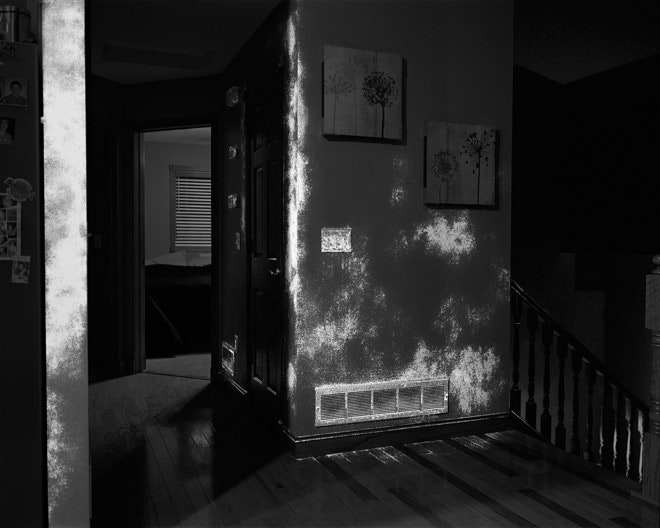
Photographer Angela Strassheim has visited dozens of such addresses, knocking at the door and talking her way inside. The people she encounters often have no idea what’s gone on there before she comes around.
Fascinated by crime scenes since childhood, and a former forensic crime lab technician, Strassheim uses techniques usually reserved for police forensics to unveil the hidden residues of violent murder.
“As a child, when I would pass by a house where a violent and newsworthy death had recently occurred, I would stand there, close my eyes and try to imagine what took place,” writes Strassheim in her artist statement. Evidence is the latest of her many well-received portfolios dealing with family, mortality and latent menace. Strassheim was recently awarded the Women in Photography Lightside Individual Project Grant for her work.
To make her images, Strassheim closes doors and curtains to reduce light in the rooms and then shoots long exposures of between 10 minutes and an hour. Using color film is a necessity, because the short-lived illumination of blood residues can only be captured on ISO 800 film. The images are then converted to black-and-white in digital post-production.
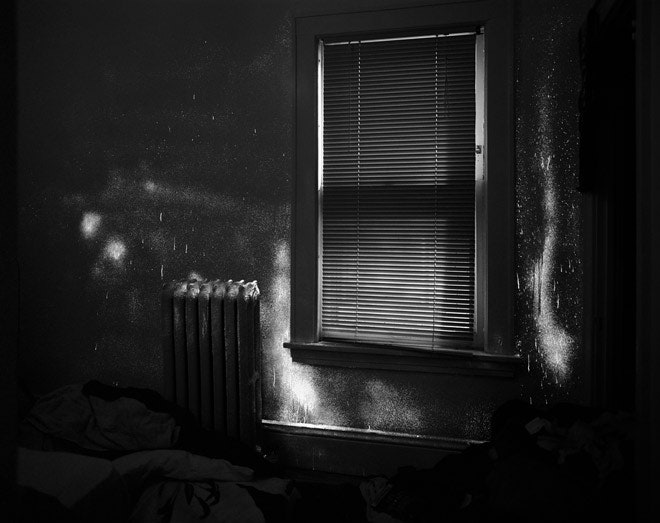
“All around me I observe a glowing trail of bloodshed as swaths and constellations of light, helping me put together the pieces of a violent puzzle,” writes Strassheim.
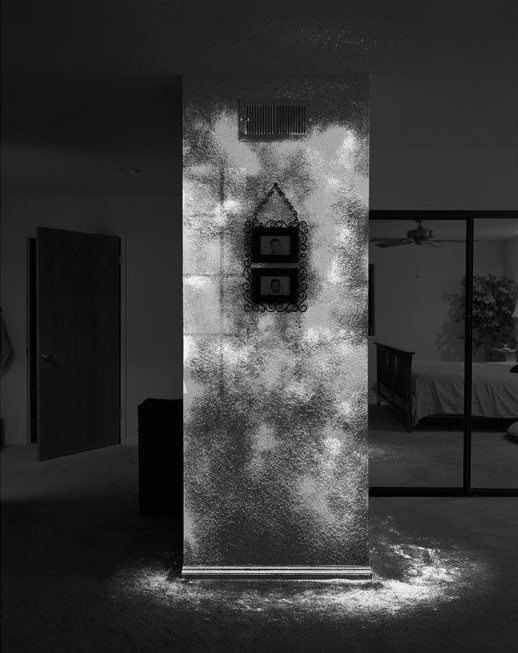
The bright spots in Strassheim’s images are temporary chemiluminescence reactions between the chemical reagent BlueStar and the heme molecule of blood still present on the walls. Applied as a fine mist, BlueStar reveals blood patterns on surfaces even after blood has been wiped away. Under ordinary lighting conditions, BlueStar reactions are invisible to the naked eye.
Throughout the project, Calvin Jackson, CEO and owner of BlueStar, along with other CSI specialists offered guidance and advice. Feedback has been positive. "I have had a lot of support on this project," said Strassheim by email.
At more than 140 crimes scenes, Strassheim has negotiated access with new inhabitants of homes, motels and apartments – many of them unaware of the violent histories. Some crimes were as little as two months prior to her visit, and in other cases the crime occurred as far back as 18 years ago. Strassheim’s color exterior shots mimic “boring real-estate photography” and carry deadpan titles informing us of the weapons used in each crime. “Costco kitchen knives,” “Pitchfork” and “12-gauge shotgun” spur the imagination. Is the glowing splatter really all blood? Graham Jackson, visiting professor of forensic science at the University of Abertay in Dundee, Scotland, isn’t so sure.
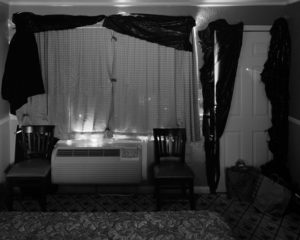
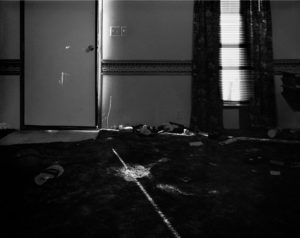
“One problem,” he says, “may be the time delay between the crime and Angela taking the photographs. What we are seeing in the photographs may not be patterns that were left at the time of the crime. I’m not convinced that all the apparent fluorescence is due to blood-staining. In fact, some of the fluorescence looks like extraneous light, and some of the fluorescent patterns are particularly weird if they are indeed blood.”
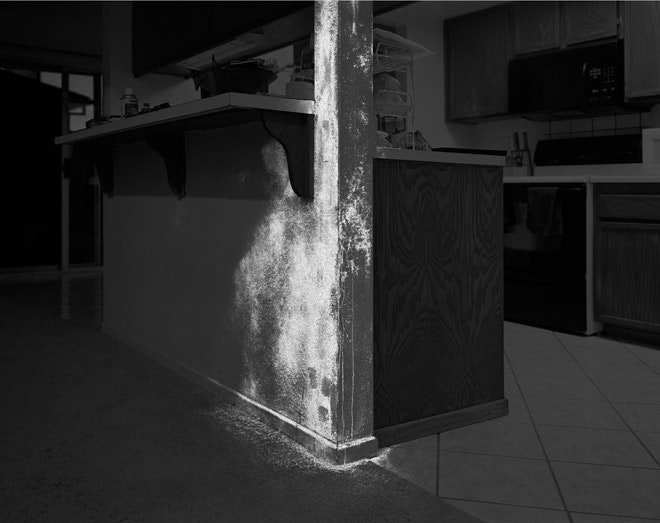
It turns out that BlueStar reacts with peroxidase activity, which is not exclusive to blood. It’s exhibited by other materials, such as bleach and, according to Jackson, horseradish sauce.
On the chemistry of Blue Star, Strassheim clarifies that the glow from these other materials fades more quickly than that from DNA, so she waits for their interfering luminance to die out before she starts her exposure.
“Other substrates that react with Blue Star are metals such as light switches, vents, radiators,” says Strassheim by email, “however, when there is blood DNA left on a radiator – as seen in Evidence #1 for example – you can differentiate between the radiator and the DNA that glows brighter.”
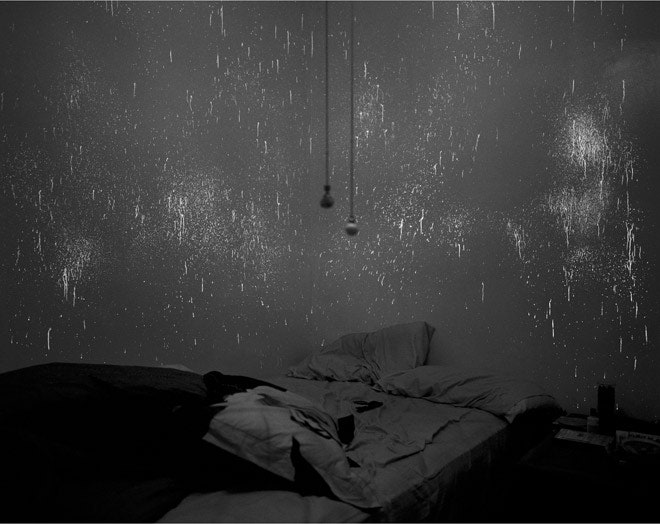
Due to the passage of time and the photographer’s unrepeated inspection, Evidence knowingly combines fact with interpretation. They are not presented as official images.
“These photographs are about seeking out the truth,” says Strassheim. “However, I am not giving the stories to complete the process of fully imagining the event, so this body of work does play on the imagination.”
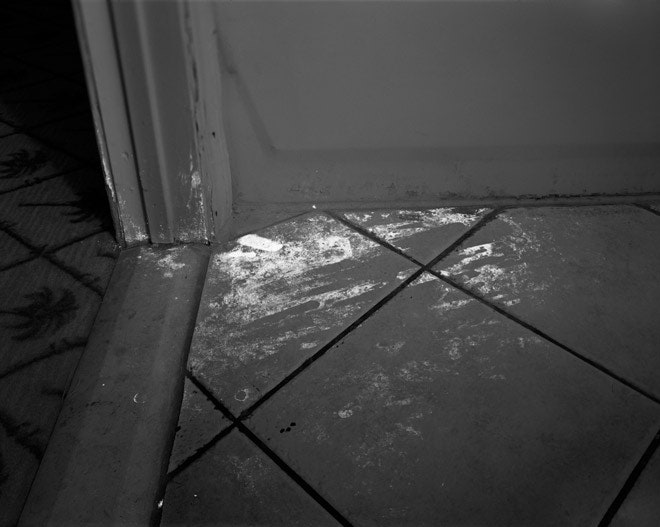
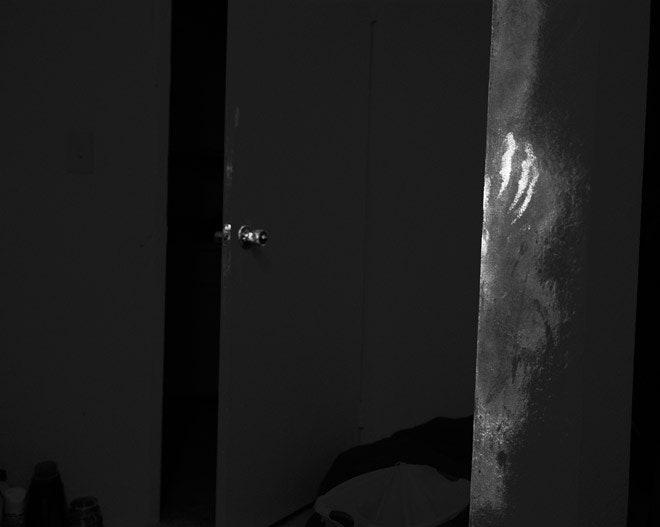
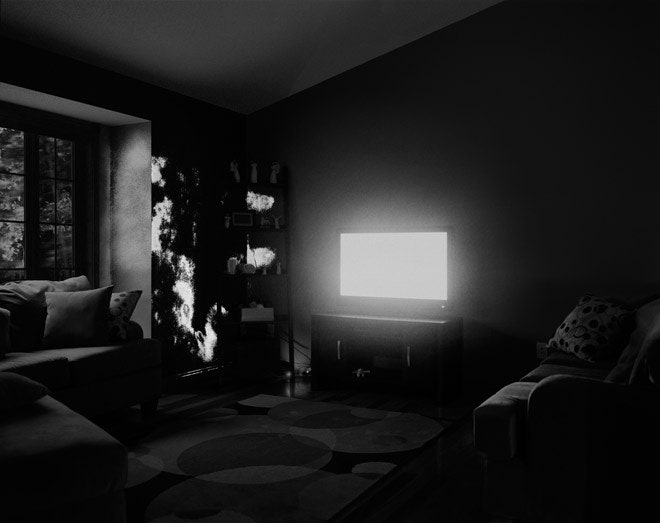
Photographer Exposes Crime Scenes, With a Dash of Chemistry (Audio)
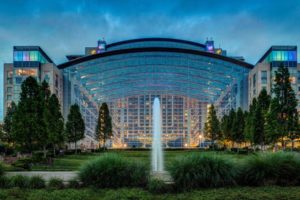
IAI Annual Educational Conference 2023
August 20-26 Maryland BLUESTAR® Forensic will be present at IAI 2023
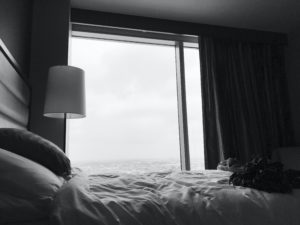
Forensic PSA Test: BLUESTAR® Identi-PSA® – The Essential Tool for Crime Scene
Forensic PSA Test: “BLUESTAR® Identi-PSA®” An Essential Tool in Forensic
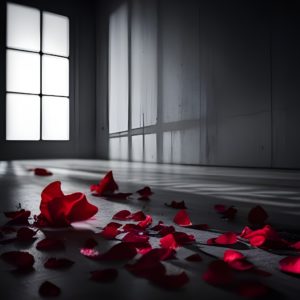
Rose Petal Murder: The Case Involves the Use of BLUESTAR® Forensic Reagent
The brutal murder case of Christina Parcell in South Carolina
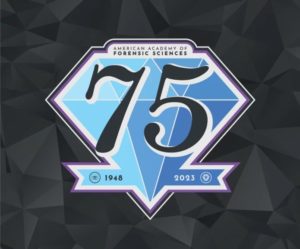
BLUESTAR® at the 75th AAFS Conference
American Academy of Forensic Sciences 75th Anniversary Conference The American
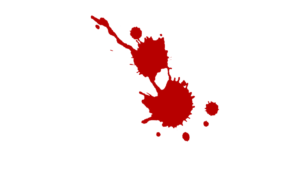
Chemical indicates the presence of human blood in the trailer
After detectives photographed the inside and took some items into
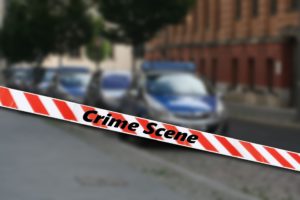
KU Leuven Students Investigate Virtual Crime Scenes
Investigating murders as a forensic expert… (India Education : Apr
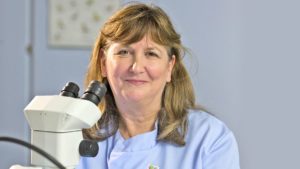
Forensics, the latest methods
When pollen and insect larvae are used to solve criminal
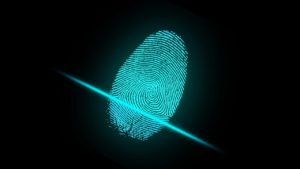
How does the scientific police work?
How does the scientific police work?(Le Mag de France Bleu
Forensic science, clue hunters
Tarbes: Scientific police, the clue hunters La nouvelle république des
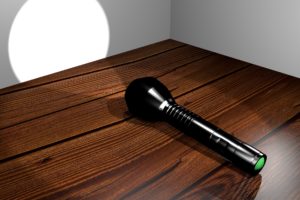
Lemerle case: traces of blood revealed by Bluestar
On the first day of Vanessa Lemerle’s trial for the

A state-of-the-art portable crime lab
Costa Rica’s First Female Forensic Biologist Designed a State-of-the-Art Portable
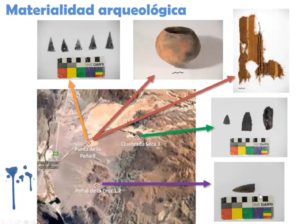
“With the blood in the eye” Bioarchaeology and Biomaterials.
“With blood in the eye”. Romano et al. Axis 1
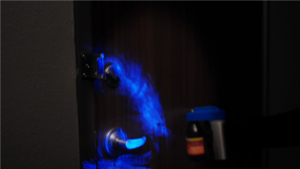
Canine Handlers and Forensic Specialist Testify in Smart Hearing on 2021 Searches
Canine Handlers and Forensic Specialist Testify in Smart Hearing on
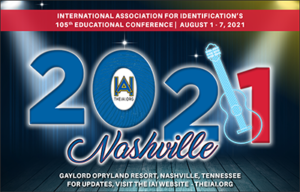
IAI Annual Educational Conference
Find us at the IAI Annual Educational Conference Nashville August 1-7
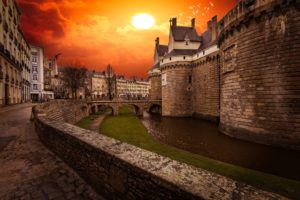
Troadec case: traces of blood, burning of the bodies, the word of the experts.
The trial of Hubert Caouissin and Lydie Troadec continued with

Alleged serial killer: new excavations and Bluestar in the orchard
Could the crime scene at Mare-d’Albert be hiding other sordid
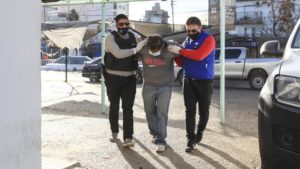
Police brought Agostina’s alleged femicide to Neuquén
A commission of the local police force transferred Juan Carlos
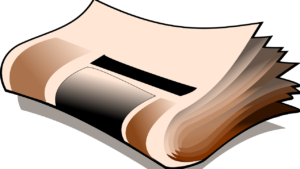
Detecting Blood in an Outdoor Environment with the Bluestar Reagent and DNA Analysis
Author(s): McCall, Keenan; Woods, Grace; Richards, Elizabeth Type: Article Published:
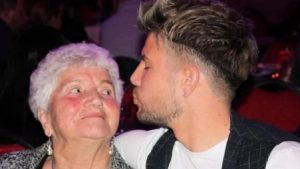
Thomas Lesire trial: These clothes are examined with Bluestar reagent
Assizes: trial of Thomas Lesire, accused of the murder of
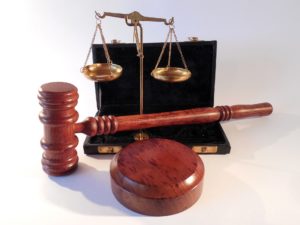
Daval case: investigation and use of Bluestar
Daval trial: life sentence requested against Jonathann Daval accused of
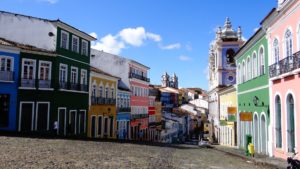
Case of a missing youth: raids and investigation procedures continue
The procedure was carried out jointly with police personnel from
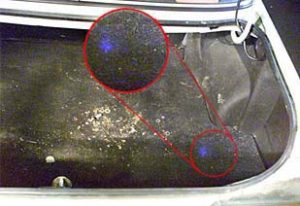
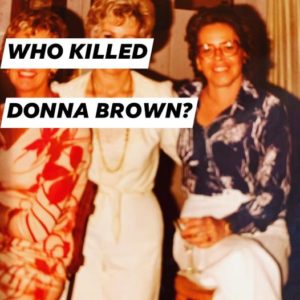
Galveston AA group leader’s killer is still out there after 2 years
Galveston AA group leader’s killer is still out there after
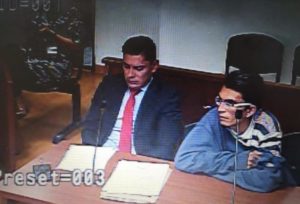
He had tried to erase the trace of the victim’s blood
The baby was beaten and tortured, recorded in bruises, scratches,
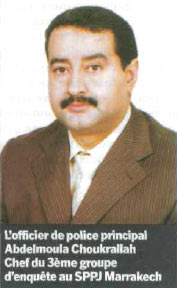
Policeman’s Memory : a barbaric crime!
By Fadel ATAALLAH – POLICE magazine N° 57 Octobre 2009
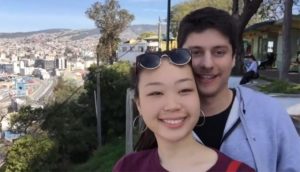
Narumi case: investigators accuse the main suspect
The Chilean ex-boyfriend of this Japanese student who disappeared in
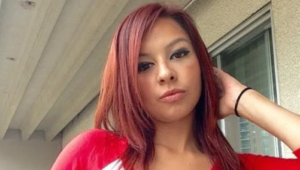
Christine Wood’s DNA found in Brett Overby’s basement, court says
CBC NEWS : 02.05.2019 Christine Wood’s blood was found on
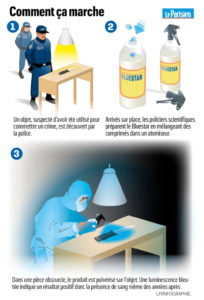
Bluestar, the miracle product that solves many criminal investigations
Bluestar, which was developed in a CNRS laboratory, has become
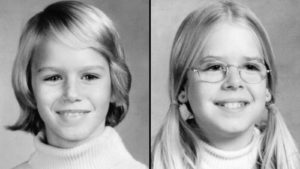
Justice for the Lyon Sisters
How a determined squad of detectives finally solved a notorious
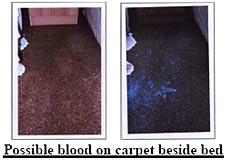
Jealous husband in South Africa kills his wife’s lover.
Jealous husband in South Africa kills his wife’s lover.

Murder of a woman by her son
This matricide was solved by the French Gendarmerie Nationale using
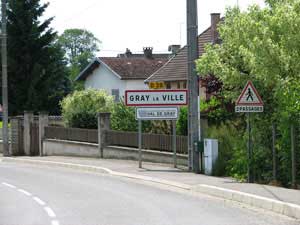
Alexia Daval case: other acts and hearings to come
L’est Républicain : 07.07.2018 New forensic expertsAbout forty experts of
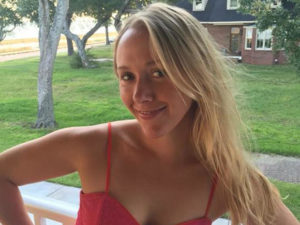
JESSIE BARDWELL CASE: WAS TEXAS WOMAN’S DEATH AN ACCIDENT OR MURDER?
A father dreams his daughter has been killed, then she

They capture the partner of a mannequin
The subject claimed that when he arrived at the apartment
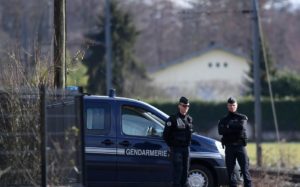
Scientific advances have made a blood trail speak for itself
Maëlys: how scientific progress made a microscopic trace of blood
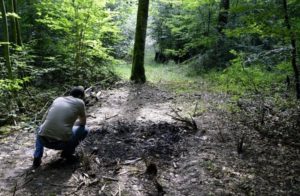
Invisible bloodstains revealed by Bluestar
Mallouk case: the long trial of a murder without a

A matter of gold and blood
BEHIND THE DISAPPEARANCES OF ORVAULT, THE TROADECS’ FAMILY TRAGEDY (France
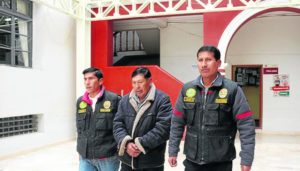
Killer of elderly woman confesses he had help from hitman
Puno: the killer of an old woman confessed to having
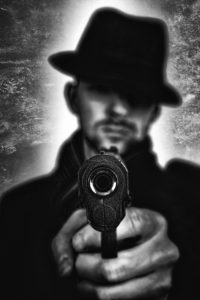
The murderer of an old woman confessed to having been helped by a hitman
Puno: the murderer of an old lady confessed having been
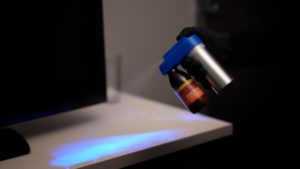
The scene of a crime, suicide or natural death has no mystery for the “cleaners”
It’s a job that is rarely mentioned, as if to
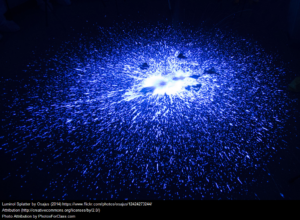
Improved detection of Luminol blood in forensics
Review: Improving Luminol Blood Detection in Forensics Florida Forensic Science
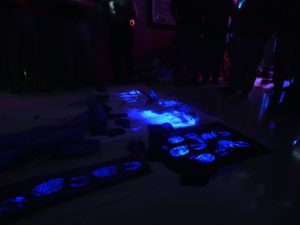
Officers get forensics training
A couple dozen first responders and crime scene investigators gathered
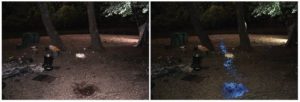
Photographing bloodstains
Photographing bloodstains: Bluestar reagent FORENSICS 4 AFRICA 07.07.2016 (Nick Olivier)
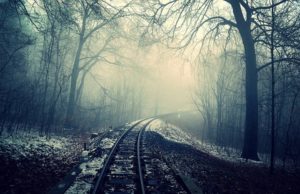
Mystery around a disappearance
Yves Bourgade’s murder: BLUESTAR® FORENSIC strengthens suspicions about his wife…
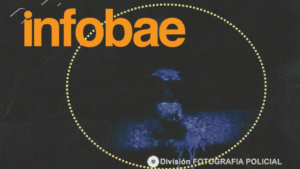
Nisman case: the conclusions of the criminal report
Nisman case: conclusions of the official criminal report point to
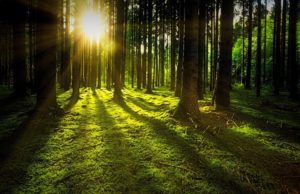
Traces of blood were found in his marital home, revealed by the “Bluestar”.
Share on facebook Share on twitter Share on linkedin Share
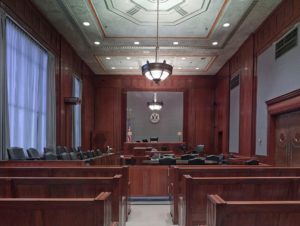
The judge in the Yexeira case accepts as evidence another piece with blood on it.
To complete the process of authenticating the evidence, the magistrate
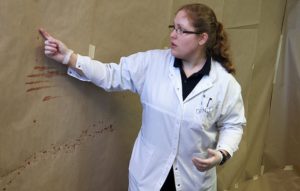
20 years of forensic bloodstain analysis in Ontario
While University of Windsor students play with spatter at a

Chief Warrant Officer Benitez left a bloody trail
The clues are accumulating around Chief Warrant Officer Benitez and
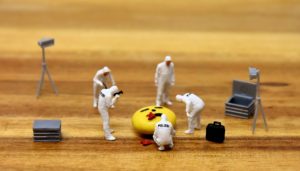
The Flactif case: An investigation solved with Bluestar
At a crime scene, he makes the bloodstains talk “When
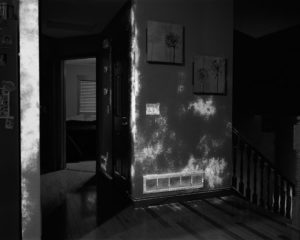
Photographer Exposes Crime Scenes, With a Dash of Chemistry
Share on facebook Share on twitter Share on linkedin Share
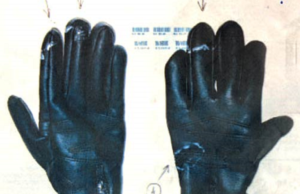
Bloody gloves in Israël
Bloody gloves “catch” Israeli attorney Anat Plinner’s murderer…
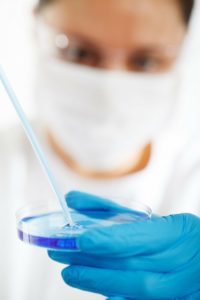
Forensics, how does it work?
Share on facebook Share on twitter Share on linkedin Share
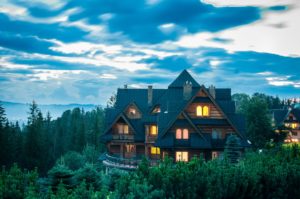
Flactif, The cursed cottage is for sale
The parents of Xavier Flactif, massacred with his family in
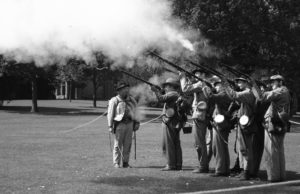
The blood of two confederate soldiers revealed at Gettysburg
Gettysburg Civil War case revealed after 142 years !
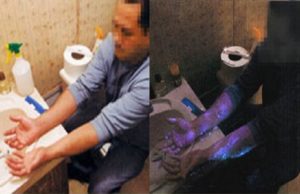
Suspect arrested on crime scene after his arms turn blue !
A man arrested after his arms turn blue…

The secrets of real experts (LE FIGARO)
Philippe Esperança, morpho-analyst: Blood on the trail By Le Figaro,
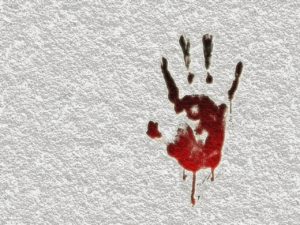
The Flactif case: With Philippe Esperança
BLUESTAR® FORENSIC helped solve the Grand-Bornand quintuple murder case The
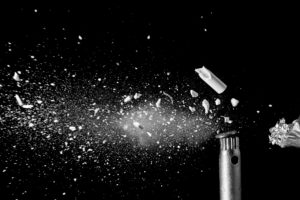
Shooting of a pedestrian by a driver
A driver shoots and kills a pedestrian…





